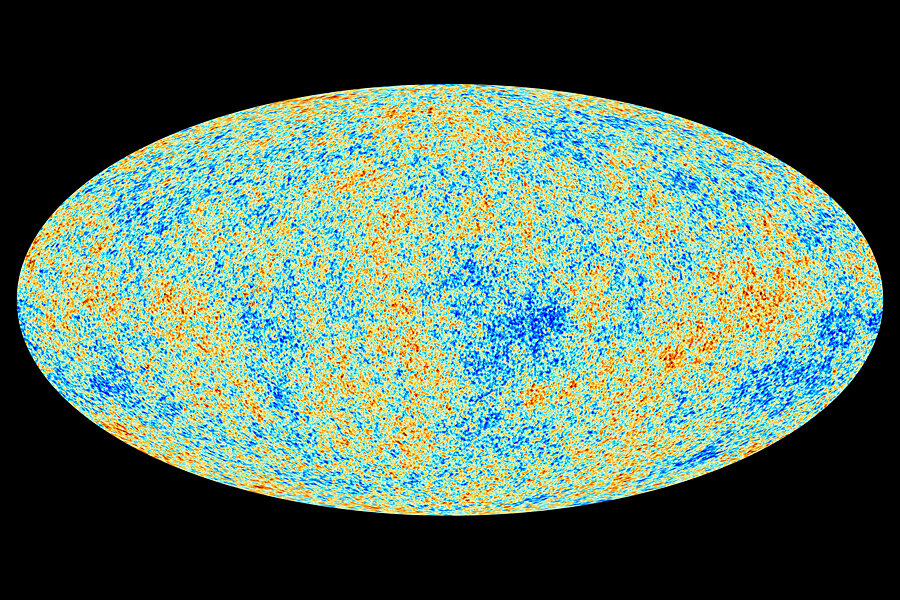First stars are 150 million years younger than thought, Planck telescope finds
Loading...
The cosmos's first stars appear to have formed 150 million years later than previous measurements indicated, according a new analysis of data from the European Space Agency's Planck observatory.
The earlier measurements, made by NASA's WMAP mission, put ignition of the first stars at some 400 million years after the big bang, the enormous release of energy that gave birth to the universe some 13.8 billion years ago.
This period is of keen interest because it heralded the beginning of the end for the cosmos's dark ages – a period in which the universe was brimming with neutral hydrogen gas, opaque to light. But as stars formed from the hydrogen and gathered into galaxies, these energetic structures began to ionize the hydrogen, in effect burning off the fog.
It will be sitting high on the astrophysical agenda for the next decade or so as new ground-based and space-based telescopes capable of probing this portion of cosmic history come on line, notes Scott Dodelson, an astrophysicist at the Fermi National Accelerator Laboratory in Batavia, Ill.
On one level, a 150-million-year later start to a re-ionization process that lasted 500 million years doesn't change that period's narrative much, suggests Avi Loeb, an astronomer at Harvard University and director of the Institute for Computation and Theory at the Harvard-Smithsonian Center for Astrophysics in Cambridge, Mass., in an e-mail.
But it does help resolve an thorny accounting problem related to the levels of ultraviolet light needed to ionize the neutral hydrogen, breaking them up into their constituent electrons and protons.
WMAP’s measurements suggested an early start to this process. But as researchers took inventory of the cosmos's ionizing ultraviolet radiation, they found the earliest known galaxies didn't produce enough ionizing radiation to clear out the fog over the span of time it took to do so.
A later start for re-ionization "alleviates some of the tension that existed before as we were trying to identify the sources of re-ionization," Dr. Dodelson says. "Pushing it later makes it easier to form those sources."
Planck and its predecessor WMAP were designed to study the big bang's afterglow, known as the cosmic microwave background. It corresponds to a time when the universe was a scant 380,000 years old.
This afterglow carries clues about the origins and early evolution of the structure astronomers see in the universe today. These clues are encoded in subtle variations in the afterglow's temperature across the sky and in the orientation of the radiation reaching the spacecraft.
Launched in 2001, WMAP spent nine years mapping the cosmic microwave background in what at the time was an unprecedented level of detail. Planck followed in 2009, and conducted its mapping effort for four years at even greater levels of detail.
The Planck results provide "a high-fidelity image of the boundary of our visible universe," revealing details of its structure when it was a showing us its detailed structure" at a very early age, said Simon White, director at the Max Planck Institute for Astrophysics and a member of the Planck science team, in a prepared statement.
Yet Planck's science team notes that by processing the WMAP data using an approach designed for Planck, the WMAP results also show a later start for re-ionization.







